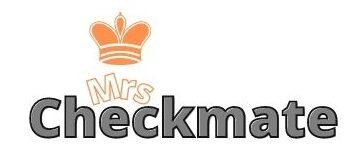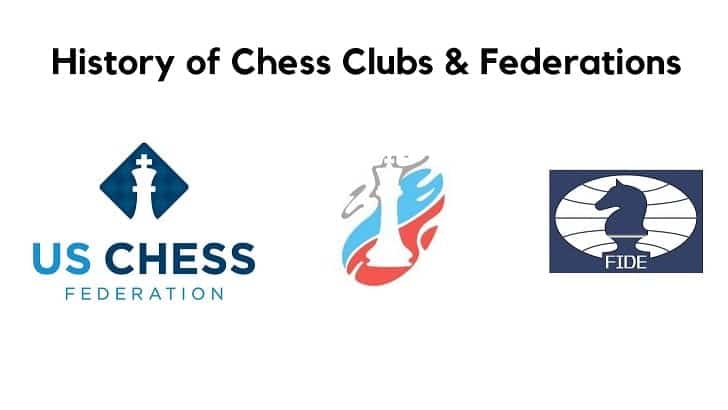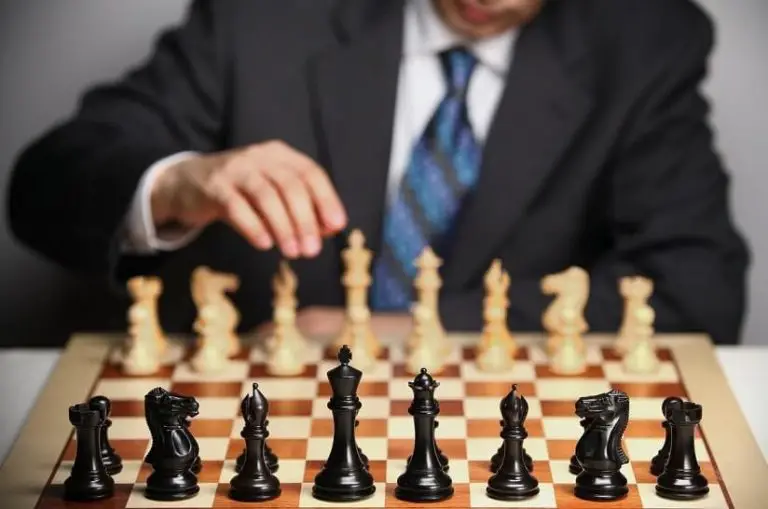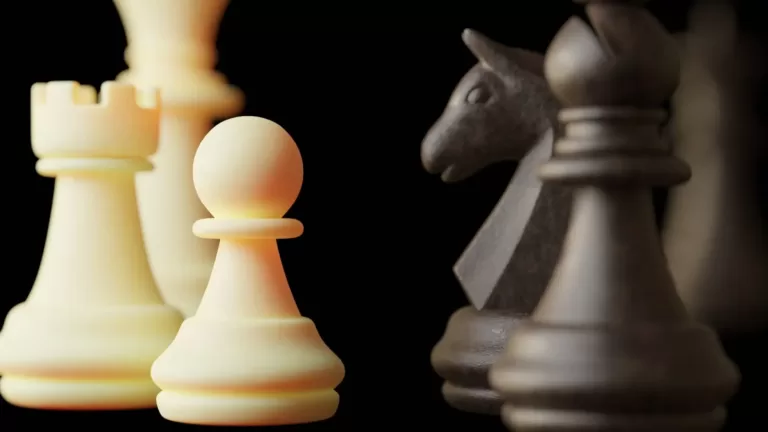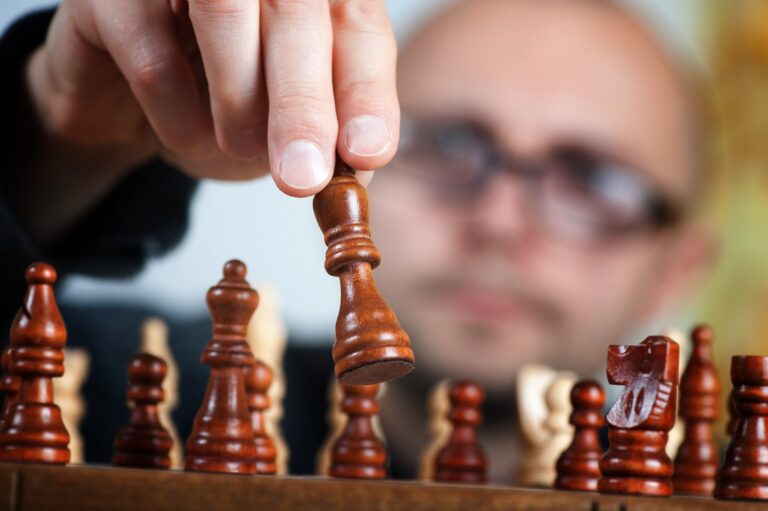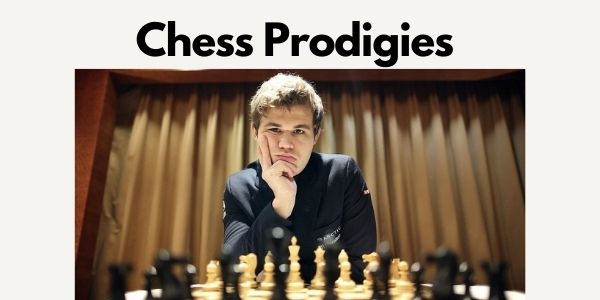How Does Meditation Help Chess Players? (Explained)
If you’re a chess player who wants to use your brains and knowledge at peak levels and win more games, matches, and tournaments, this article is for you.
You don’t have to achieve satori or enter nirvana, nor do you have to learn how to levitate or develop your ESP. Meditation doesn’t have to be something mystical or mysterious at all. It’s simply an empirically tested and proven way of helping your mind to function at its best, which is what you need for your mind to do to win chess games.
Chess & Meditation
To further clarify the matter, meditation is also not about thinking. It’s not even about thinking over your next chess move, much less remembering your first kiss, worrying about your job, or pondering the meaning of life. That’s called contemplation.
Now that we’ve covered what meditation is not, we’ll talk about what it is. It’s about relaxing and focusing your mind so that your brainwaves are basically cycling at the alpha rate or lower. In contrast, when thinking, your brain waves are busily cycling at the beta rate.
Many years ago, using an EEG machine, brain researchers found that the electrical impulses in our brains cycle at different wavelengths depending on our state of consciousness. These wavelengths were named alpha, beta, theta, and delta.
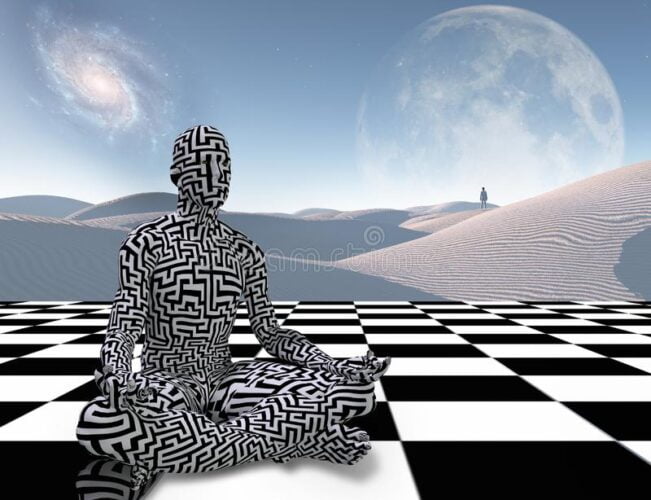
Most people operate in beta except during sleep, when the brain goes into a theta rhythm, and deep sleep, which is indicated by delta. Alpha indicates a state of relaxation with a rate of about 7 to 14 cycles per second. Alpha is a relaxed, dreamy state in which you can easily visualize and yet stay awake to concentrate your attention.
You can practice entering the alpha state simply by relaxing and closing your eyes, or by looking up at a 45-degree angle and slowly counting from 100 to 1. You can sit in a comfortable chair or on the floor, or you can even lie down if you wish.
The disadvantage to lying down is that once you’re relaxed, you might fall asleep. This is fine if your purpose is to fall asleep, but you want to stay awake to meditate. You want to be both relaxed and alert.
With practice, once it’s easy for you to enter a meditative state, you can reduce the count to 20 to 1 and then 10 to 1. You can also take live courses, or courses on CD, to learn how to meditate. Today there are many aids to learning meditation and many different methods. You can buy CDs that will help induce a meditative state by actually guiding and entraining your brain waves.
Once relaxed and in alpha, what do you think about it? Nothing, that’s the point. Well, almost nothing; thoughts will pop up, but you don’t need to think about them; let them pop up and let them go.
You don’t need to push them away; instead of engaging with them, just let them come and let them go. Focus your attention on one thing, such as your breathing or a mantra. A mantra is a sound such as “OM.” Or you could turn your attention to your breathing. Take long, deep, relaxed breaths.
You can also turn your attention to an image, such as sitting on a tropical beach, feeling the sun on your skin, seeing the blue sky above, and hearing the waves crash nearby. You can imagine yourself in any place you find relaxing, whether it’s out in the desert, high upon a mountain, in a luxurious palace, in a spaceship, or floating on clouds.
After about 20 minutes of meditating, stretch, get up and go about the rest of your day. Or you could go to bed. Meditating just before you go to bed is a great way to prepare for a night of sound sleep.
You can pursue the mystical benefits if you wish, but even if you don’t, the regular practice of meditation will improve your ability to think, concentrate, and relax under stress. It teaches you how to quiet your mind and helps you become more open to insights and intuitive impressions. Being more open to the inspiration of insights will help you in all areas of life, including playing chess.
As soon as you slip into the alpha state, touch the tip of your thumb and the first two fingers of your right hand together. Once you’ve done this a few times, you’ve linked the alpha state with this gesture.
You’ve trained your mind to go straight to the alpha state whenever you put these three fingers together. You could even use a different gesture, such as touching your knee or ear lobe.
The point is to associate the alpha state with a physical motion or trigger so that you only need to use the gesture to put you in the alpha state. This method was most recently developed by a discipline called neurolinguistic programming.
The beauty of this method is that you can then put yourself into the alpha state any time you want to be relaxed yet alert. During a chess game, you can use this method to stay calm and be open to insights regardless of the pressure. If you allow yourself to get tense and worried, you will not play your best game of chess.
Chess requires the ability to concentrate and focus. That’s concentration and focus, not tension and worry. When you are tense and worried, you aren’t in the right mental state to receive insights.
You can’t focus on the pieces and the game because you’re too worried about trying to figure things out. Even world champions make stupid moves when they’re tense.
When you catch yourself worrying about how much time you have left, how your opponent is glaring at you, or how much you need to win this game, put your three fingers together, take a deep breath, feel the relaxation coursing through your body, and let go.
Then focus on the board in a calm frame of mind, and you’ll be able to see the pieces and their relationships and what your next move should be.
Whether you’re playing chess or involved in a business deal, knowing how to meditate will help relieve stress and improve your mental functioning.
